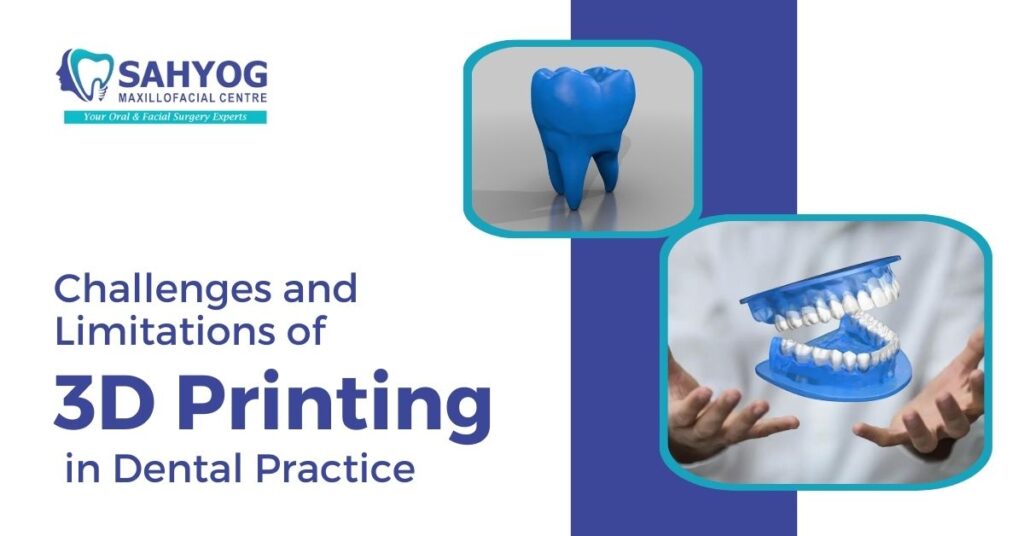Today’s focus is on 3D printing and its potential to change the landscape of dental prosthetics and appliances. While this advancement offers numerous benefits, it also presents certain limitations. Discover with us the strengths and challenges of incorporating 3D printing into dental practice.
The Bright Side: Why 3D Printing is a Game-Changer
Before we dive into the challenges, let’s celebrate the bright side of 3D printing! Imagine being able to print a custom dental crown or orthodontic aligner right in the office. It’s like having a mini-factory right on your countertop! Here’s what makes 3D printing a superstar in dental practices:
1. Customization Galore:
3D printing allows for hyper-personalized dental solutions. From crowns to bridges and even dental implants, every piece can be tailored to fit a patient’s unique dental structure. It’s like a bespoke suit, but for your teeth!
2. Speedy Solutions:
Need a crown in a hurry? 3D printing can produce high-quality dental prosthetics in a fraction of the time it takes with traditional methods. This means fewer visits and faster results for patients.
3. Cost-Efficiency:
While the initial investment in 3D printing technology might be steep, the long-term savings can be significant. Reduced labor costs and material waste make it a financially savvy option for many practices.
The Bright Side: Why 3D Printing is a Game-Changer
Now, let’s not sugarcoat it—3D printing in dental practice isn’t all rainbows and unicorns. There are some challenges and limitations that we need to address:
1. Material Matters:
Not all 3D printing materials are created equal. The quality and durability of the printed items can vary based on the material used. Some materials might not yet match the strength and longevity of traditional dental materials, posing a challenge for certain applications.
2. Learning Curve:
Mastering 3D printing technology requires a fair amount of training. Dental professionals need to get comfortable with the software, printer operation, and post-processing techniques. It’s a bit like learning to drive a high-tech sports car—exciting but requiring practice!
3. Initial Investment:
The cost of purchasing and maintaining a 3D printer can be significant. For smaller practices or those just starting out, this upfront investment might be a hurdle to overcome. It’s like buying a top-of-the-line kitchen gadget that you need to learn how to use properly.
4. Regulatory and Quality Control:
Ensuring that 3D-printed dental devices meet all regulatory standards and quality controls can be a complex process. Each piece must adhere to strict guidelines to ensure safety and efficacy, which can sometimes slow down the implementation process.
The Silver Lining: Overcoming the Hurdles
Despite these challenges, the future of 3D printing in digital dentistry is bright. Ongoing advancements in technology are addressing many of these limitations. Improved materials, better software, and more affordable printers are on the horizon, promising to make 3D printing an even more integral part of dental practice.
Conclusion
3D printing in dental practice is an exciting development with immense potential. While there are hurdles to overcome, the technology is evolving rapidly, and its benefits far outweigh the current limitations. As we navigate this fascinating journey, we can look forward to a future where dental care is more precise, efficient, and personalized than ever before.
So, here’s to embracing the future of dentistry with a smile and staying tuned for more exciting updates on the world of dental tech!

